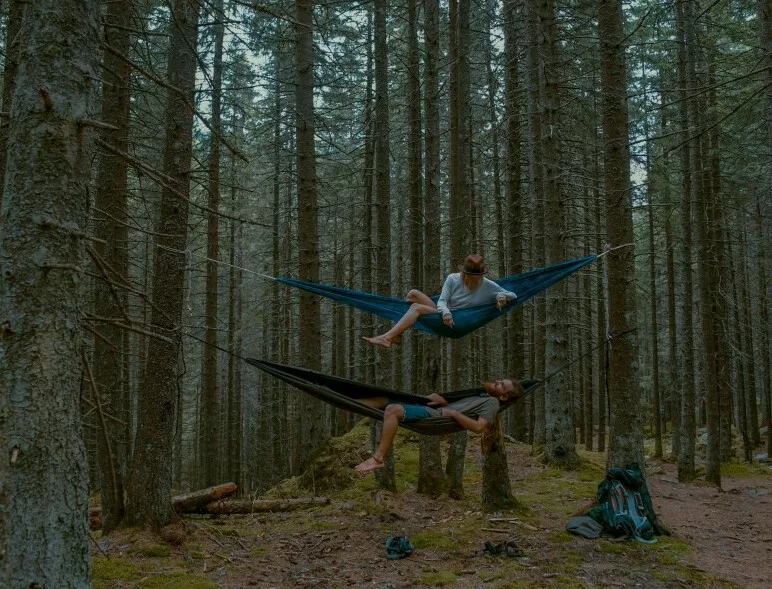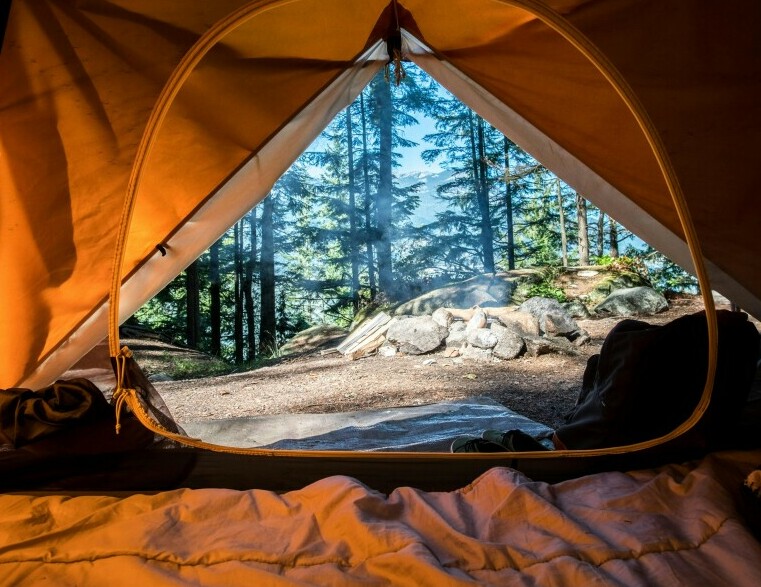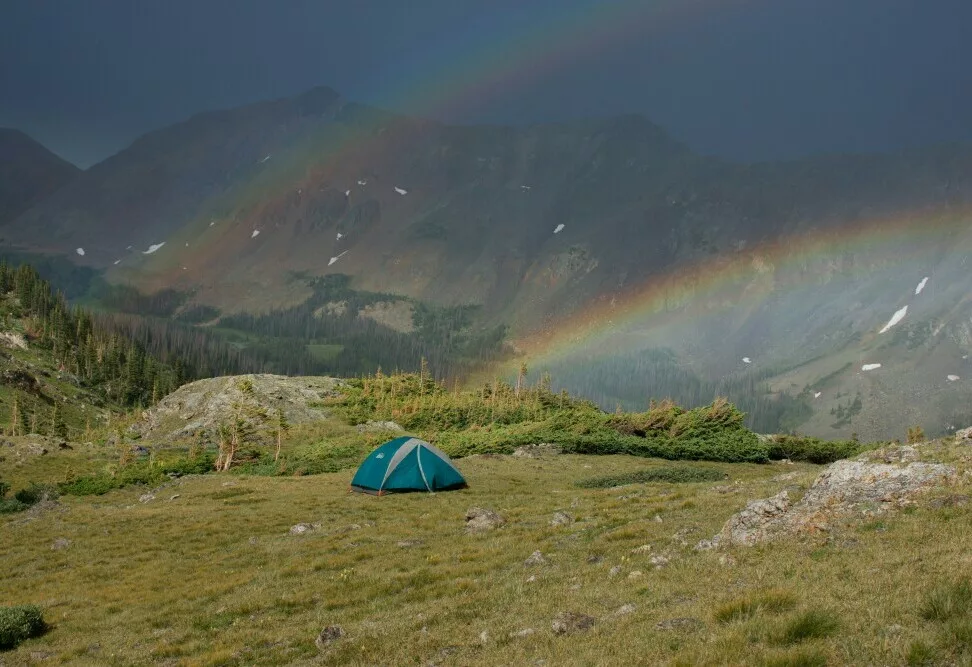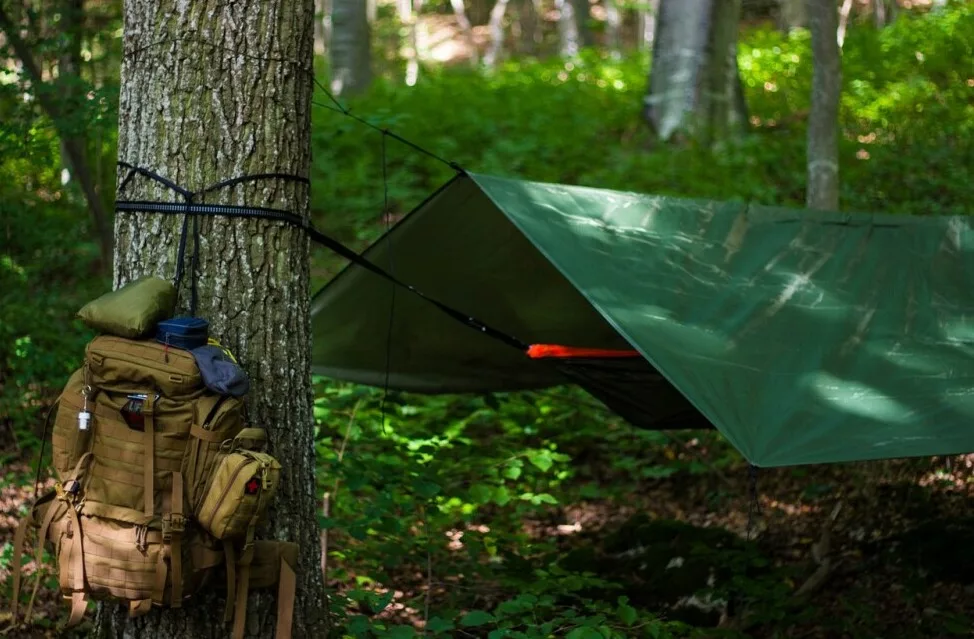Embrace the Wild: A Guide to Wilderness Camping

In the realm of outdoor adventures, few experiences rival the raw thrill of wilderness camping. It’s a departure from the familiar comfort of traditional campgrounds, where modern amenities abound. Instead, it’s a plunge into the heart of nature, where every rustle of leaves and whisper of wind becomes part of the symphony of the wild. Let’s embark on a journey to discover the essence of wilderness camping and unravel its secrets.
Introduction to Wilderness Camping
At its core, wilderness camping is about stripping away the layers of civilization and immersing oneself in the untamed beauty of nature. It’s a deliberate choice to forsake the conveniences of modern life for a more primitive, authentic experience. Here, the stars are your ceiling, and the earth your bed. It’s a chance to reconnect with the natural world and rediscover the simplicity of existence.
Distinguishing itself from traditional campgrounds, wilderness camping ventures into the backcountry, where paved roads and designated sites give way to rugged trails and uncharted territories. It’s about forging your own path, pitching your tent amidst towering trees or beside meandering streams, and letting the wilderness be your guide.
Types of Wilderness Camping

Within the realm of wilderness camping, two main avenues beckon: designated backcountry campgrounds and dispersed camping. The former offers a semblance of civilization with amenities such as pit toilets and designated fire rings, providing a touch of comfort without sacrificing the allure of the wild. On the other hand, dispersed camping beckons the bold and adventurous, offering freedom from reservations and facilities. Here, the only limit is your own sense of exploration.
Where to Camp in the Wilderness
The wilderness is vast and varied, offering a plethora of landscapes to explore. From the iconic peaks of National Parks to the sprawling forests of National Forests, public lands beckon the intrepid camper with promises of adventure and discovery. However, it’s imperative to heed the specific regulations of each area, respecting the delicate balance of nature and minimizing our impact on the environment.
How to Pick a Campsite

Selecting the perfect campsite is an art form unto itself. Ideally, one should aim to conclude the day near water sources, not only for hydration but also for the soothing ambiance it provides. However, it’s paramount to adhere to Leave No Trace principles, ensuring that our presence in the wilderness leaves behind nothing but footprints.
In areas with established campsites, it’s wise to utilize these designated areas, minimizing our impact on fragile ecosystems. Yet, in less frequented locales, the wilderness becomes our canvas, inviting us to carve out our own piece of paradise. Here, safety takes precedence, with careful consideration given to factors such as terrain, weather, and wildlife activity.
Establishing Your Own Campsite
While established sites offer a degree of convenience, there may come a time when creating your own campsite becomes necessary. In such instances, it’s essential to prioritize safety above all else, selecting a location free from hazards and ensuring adequate distance from water sources. Additionally, practicing Leave No Trace principles remains paramount, minimizing our footprint on the landscape.
Tips for Sleeping Well in the Backcountry
A restful night’s sleep is the cornerstone of any successful camping trip. When venturing into the backcountry, it’s crucial to equip oneself with appropriate shelter and sleep systems tailored to the anticipated weather conditions. Whether opting for a sturdy tent, minimalist tarp, or the gentle sway of a hammock, each option carries its own set of advantages and considerations.
Wilderness Camping Shelters

Tents, tarps, hammocks—the choices are as diverse as the landscapes they inhabit. Tents offer sturdy protection from the elements, providing a cozy refuge against wind and rain. Tarps, on the other hand, embrace a minimalist ethos, offering lightweight shelter with maximum versatility. Meanwhile, hammocks elevate camping to an art form, cradling you amidst the branches and stars.
Wilderness Camping Sleeping Bags and Quilts
In the realm of sleep systems, sleeping bags and quilts reign supreme, offering warmth and insulation against the chill of the night. When selecting a sleeping bag, it’s essential to consider factors such as temperature ratings and R-values, ensuring adequate protection against the elements. For those on a budget, a sleeping bag liner can provide an additional layer of warmth without breaking the bank.
Final Thoughts on Camping in the Wilderness
In the end, wilderness camping is more than just an outdoor activity—it’s a journey of self-discovery and a communion with nature. As we traverse the untamed landscapes and breathe in the crisp mountain air, we’re reminded of the inherent beauty and resilience of the natural world. Yet, with this privilege comes a responsibility to tread lightly, leaving no trace and preserving the wilderness for generations to come.
So, as you prepare for your next adventure beneath the stars, remember to embrace the wild with open arms and a reverence for the beauty that surrounds us. For in the heart of the wilderness, amidst the towering trees and echoing silence, we find not only solace but a profound sense of belonging.